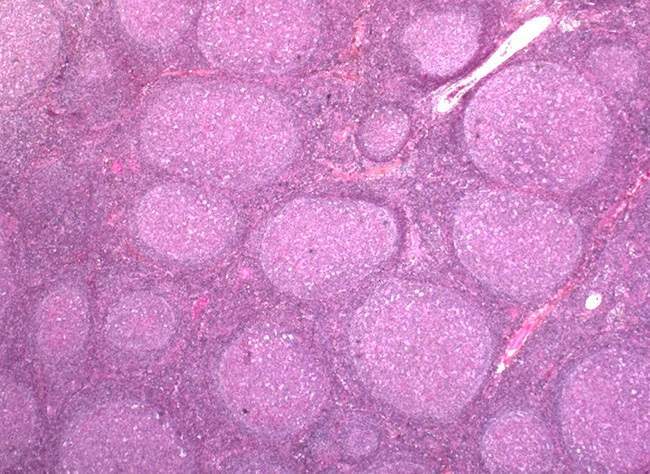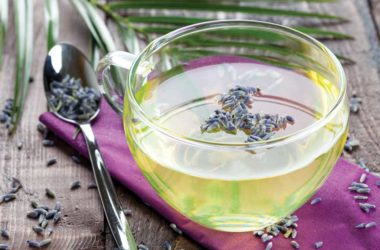Simply put, paracortical hyperplasia is the expansion of certain sections of the lymph nodes which are called paracortical areas. It usually happens when the body perceives that threats have invaded the body. In other words, paracortical hyperplasia is something that takes place when there is an infection going on.
Paracortical hyperplasia is basically one of the many different types of lymphoid hyperplasia. According to medical experts, lymphoid hyperplasia is the inflammation of the lymph nodes.
A Quick Look at Your Lymph Nodes
Your lymph nodes are tiny bean-shaped glands scattered throughout your body. They are actually part of your lymphatic system, which is composed of vessels through which lymph fluid circulates. The lymphatic system also distributes nutrients and takes waste materials from the various tissues of your body to the bloodstream, to be disposed of.
When you’re having a bout of cold or any other infection, you may notice that some of your lymph nodes become swollen. You may also notice that the lymph nodes closest to the affected area of the body are the ones that expand. For example, having a cold can make the lymph nodes in your neck feel swollen and tender.
This is something normal because the lymphocytes, which are important cells of the immune system, situated in them proliferate in order to keep the infectious agent from getting to the bloodstream. As a result of the proliferation of your infection-fighting lymphocytes, the lymph nodes become tender, painful and swollen.
T-Cells and the Paracortical Areas
Going back to paracortical hyperplasia, the paracortical areas, or sometimes referred to by medical professionals as the “interfollicular zone”, are naturally rich in T-cells, among a few other cells. T-cells are cells of the immune system that actively spring into action when your body senses that bacteria or viruses are attacking. By the way, the “T” in “T-cells” stands for “thymus”. Your thymus is a gland, and it’s where your T-cells mature until they’re ready to defend you.
Just like any other type of inflammation of the lymph node, paracortical hyperplasia happens when the immune system reacts accordingly to a perceived threat, in particular something that requires the T-cells to respond.
Medical Treatment and Natural Remedies
When it comes to dealing with paracortical hyperplasia, the treatment of choice will depend on what’s causing the infection that had set off the proliferation of the T-cells, leading to the expansion of the paracortical areas of the lymph nodes. Having the cause dealt with helps in bringing back the paracortical areas to their normal sizes.
There are some natural ways to combat an infection, which means that the intake or administration of antibiotics, antivirals or other antimicrobial agents is not involved. While many can attest to their effectiveness as they have been relied upon for so many years now, it’s very important to consult a doctor if you are planning on counting on them to attain relief from paracortical hyperplasia or any other infection-related health problem. Some good examples include:
- Garlic. Other than lowering one’s risk of heart disease, garlic is also very good at combating bacteria, viruses and fungi, thus it can help put an infection to an end.
- Onions. Related to garlic, onion is also effective against infections. Experts say that you should consume onions raw to enjoy superb antimicrobial benefits.
- Ginger. Another very common herb that is revered for its ability to control an infection, other than nausea, indigestion and joint inflammation, is ginger.
- Apple cider vinegar. What makes apple cider vinegar especially superb at killing off bacteria, and ultimately control an infection, is the malic acid it contains.
- Manuka honey. There are hospitals that actually employ manuka honey as an antibiotic. The downside is this special type of honey does not come with a cheap price tag.












